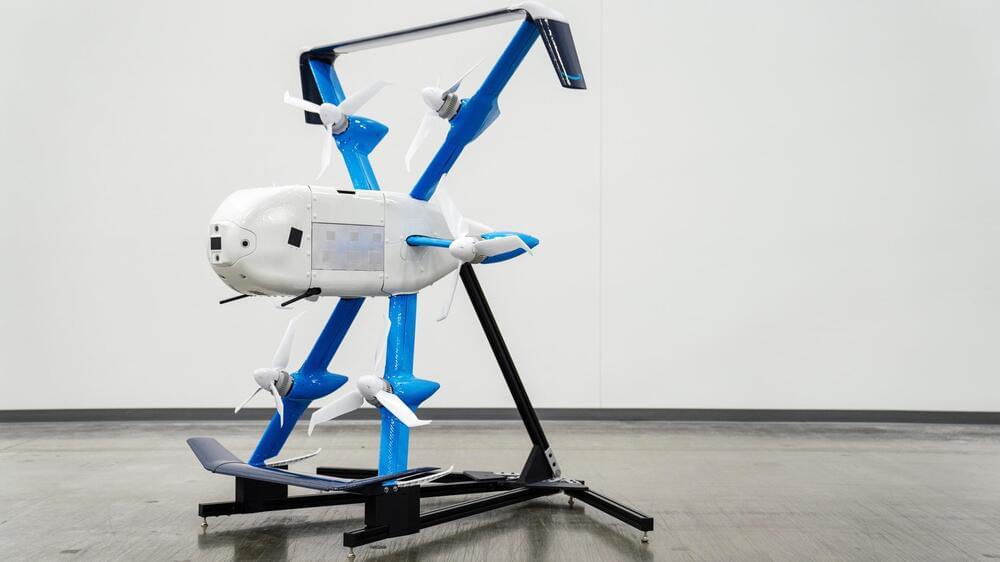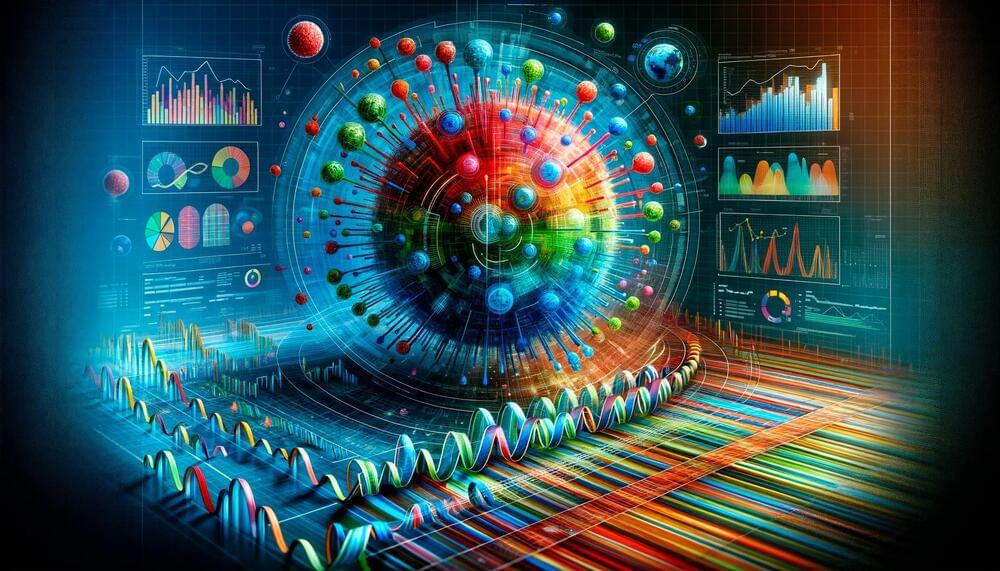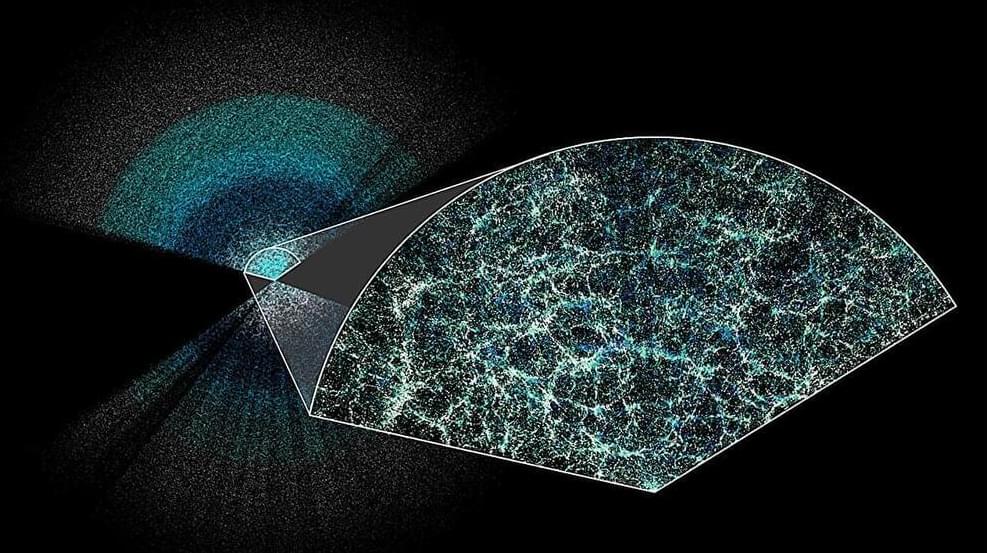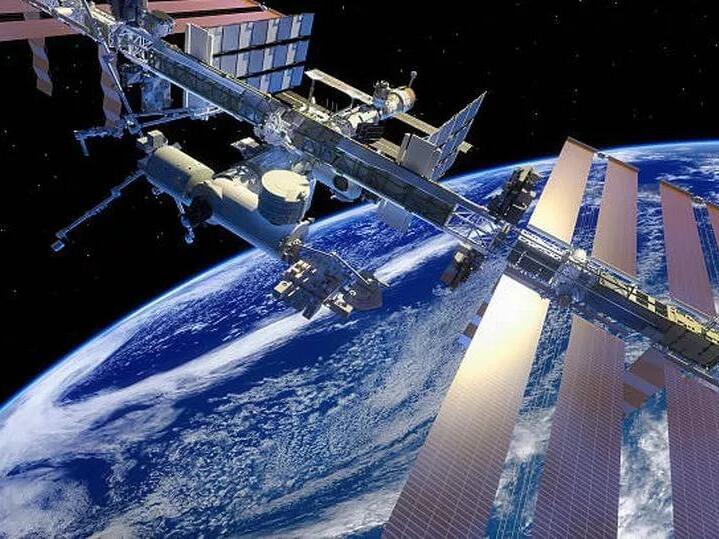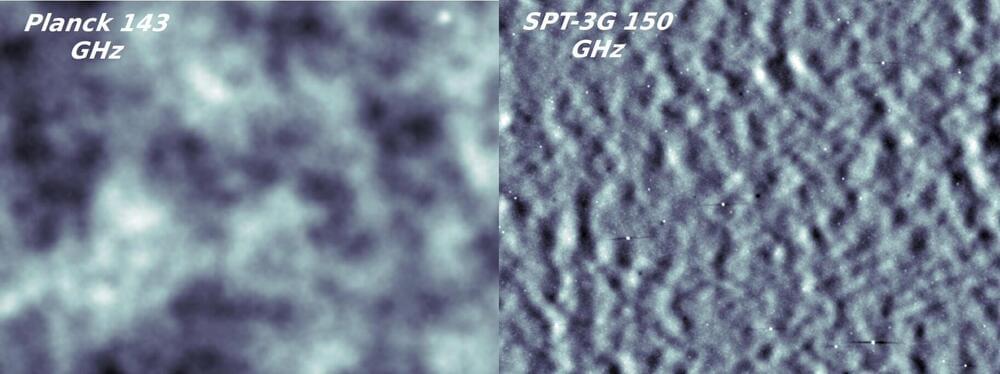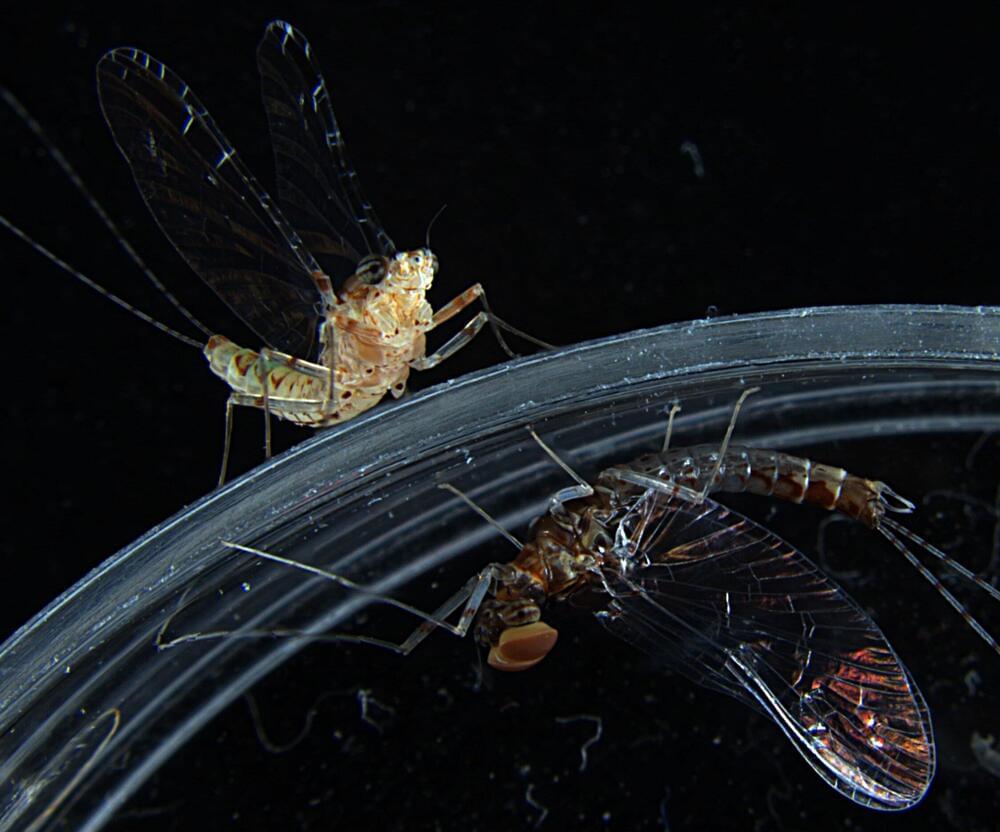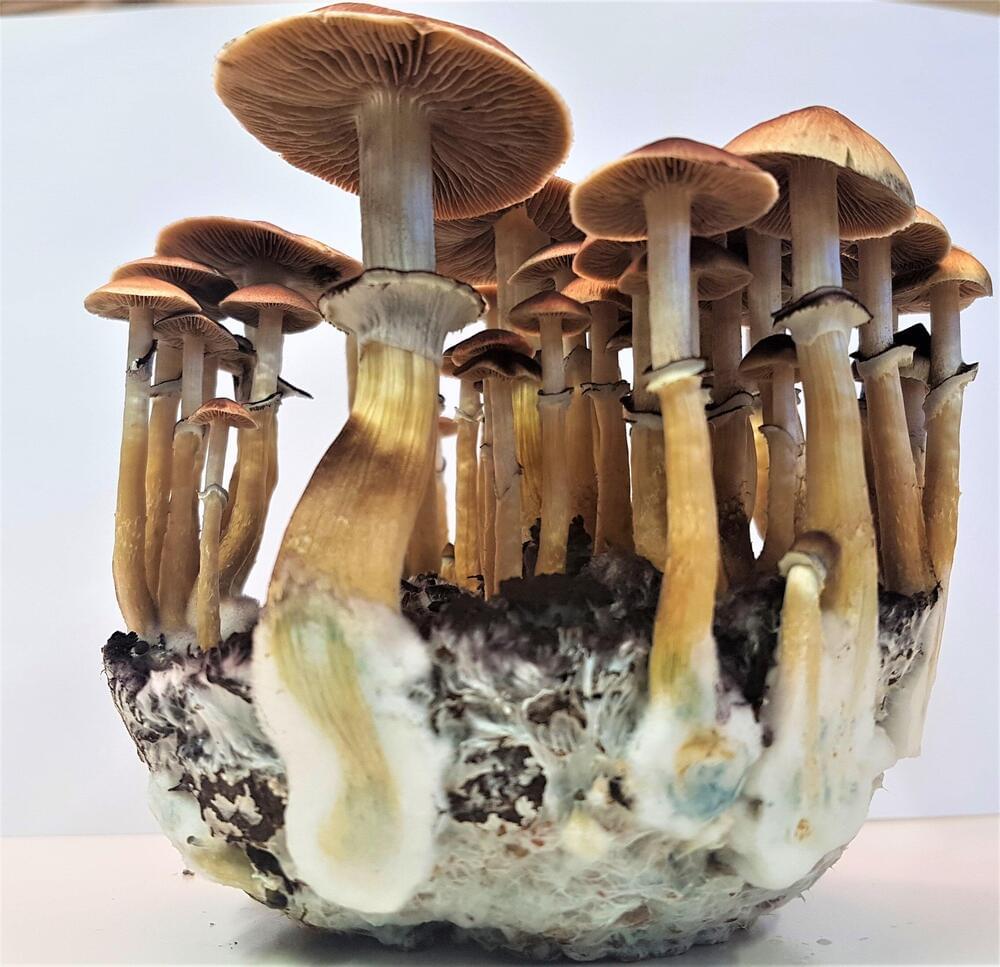We’re now adding a new location and entering into the next stage of the program’s evolution. Later this year, drone deliveries are coming to the West Valley of the Phoenix Metro Area in Arizona.
With this new location, we’ll be fully integrated into Amazon’s delivery network, meaning, for the first time, drones will deploy from facilities next to our Same-Day Delivery site in Tolleson. These smaller sites are hybrid—part fulfillment center, part delivery station. They allow us to fulfill, sort, and deliver products all from one site so we can get packages out to our customers even quicker. Our Same-Day Delivery sites are situated close to the large metro areas they serve, which means customers get their orders faster. And with connections to the larger Amazon fulfillment centers nearby, we are able to offer Same-Day Delivery on millions of items.
We’re currently working with the Federal Aviation Administration (FAA) and local officials in Tolleson to obtain all necessary permissions to conduct these deliveries in Tolleson. Once we’ve received all the necessary approvals, we’ll begin reaching out to customers in the West Valley so they can receive drone deliveries when the service goes live later this year.
